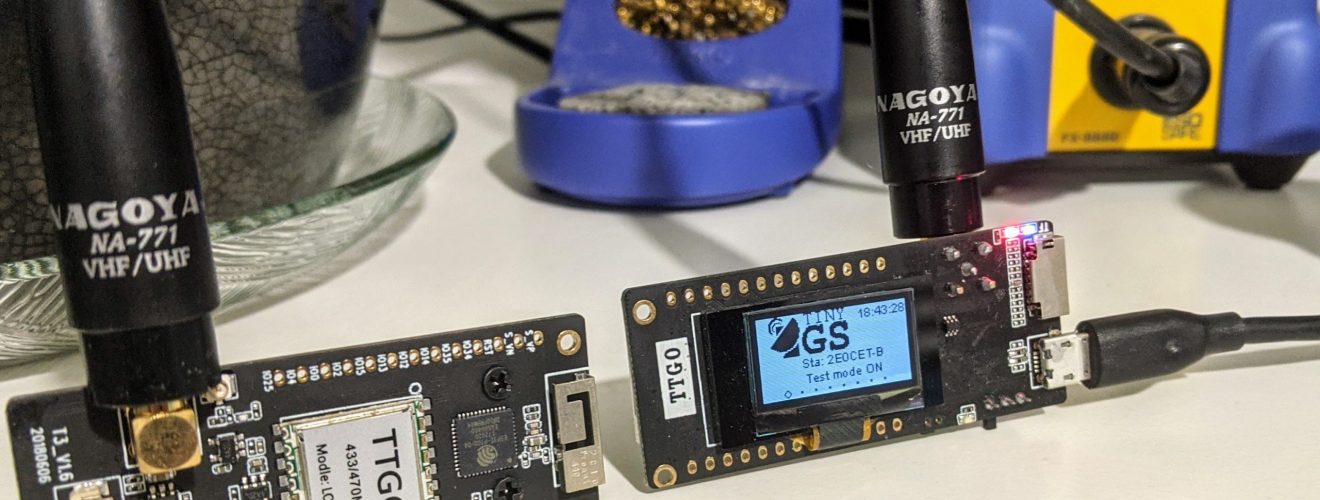- A Mind for Numbers
- Accelerate
- Agile Project Management for Dummies
- Algorithms to Live By
- Atomic Habits
- AWS Certified Cloud Practitioner Study Guide
- Banking on It
- Brexitland
- Build Your Dream Network
- Bulletproof SSL and TLS
- Business Analysis
- Collapse
- CompTIA Security+ Practice Tests
- CompTIA Security+ Study Guide
- Corporate Rebels
- Countdown to Zero Day
- Creative Acts for Curious People
- Creative DIY Microcontroller Projects with TinyGo...
- Cryptanalysis
- Crypto Trader
- Cryptography
- Culture Code
- Daniel Goleman Omnibus
- Deep and deliberate delegation
- Dhl
- Drive
- Effective Python
- Every Tool's a Hammer
- Exam Ref AZ-900 Microsoft Azure Fundamentals
- Expert Scripting and Automation for SQL Server...
- Fifty Quick Ideas to Improve Your User Stories
- Fixing Your Scrum
- Fundamentals of ServiceNow Administration and...
- Future Leader
- Future of Violence - Robots and Germs, Hackers and...
- GCHQ Puzzle Book
- Getting Things Done
- Harvard Business Review manager's handbook
- Hooked
- How Google Works
- How to Take Smart Notes
- How to Win Friends and Influence People
- HTML and CSS
- I Think, Therefore I Am
- Itsm Value Streams : Transform Opportun
- JavaScript and jQuery
- Kill It with Fire
- Leaders Eat Last
- Leading change
- Leading Without Authority
- Lean Thinking
- LONDON'S UNDERGROUND.
- Managing Successful Projects Prince2
- Managing Successful Projects with PRINCE2
- Measure What Matters : OKRs
- Meteorology today
- Mindf*ck
- Modern Cryptanalysis
- Modernist cuisine at home
- Money Revolution
- Never Split the Difference
- New One Minute Manager
- Open Circuits
- Oversubscribed
- Permanent Record
- PHP 5 advanced
- Practical Docker with Python: Build, Release and...
- Practical electronics for inventors
- PRINCE2 for dummies
- Pro Python 3: Features and Tools for Professional...
- Pro SQL Server Always On Availability Groups
- Pro SQL Server on Linux: Including Container-Based...
- Professional Scrum Master Guide
- Project to Product
- Radical Simplicity
- Rules of People
- SAFe 5.0 Distilled
- Sapiens
- SEARCH INSIDE YOURSELF- TPB
- Secret Barrister
- Securing SQL Server: DBAs Defending the Database
- Site Reliability Engineering
- SQL Server 2017 Administration Inside Out
- Start with Why
- System Center Configuration Manager Current Branch...
- T-SQL Fundamentals
- Teach Yourself Electricity and Electronics,...
- Teach Yourself Setting Up a Small Business (Teach...
- Team Topologies
- The Art of Deception
- The art of invisibility
- The Chimp Paradox How Our Impulses And Emotions...
- The coaching habit
- The code book
- The Courage To Be Disliked
- The DevOps handbook
- The Epic Guide to Agile
- The Five Dysfunctions of a Team: A Leadership...
- The Go Programming Language
- The Golden Ratio
- The Introvert's Guide to the Workplace
- The Manager's Path
- The New Silk Roads: The Present and Future of the...
- The outward mindset
- The Phoenix Project
- The Professional Product Owner
- The Unicorn Project
- Turn The Ship Around!
- Visual Thinking
- Weapons of Math Destruction
- Who Moved My Cheese?
- Work Rules!
- Working Out Loud
- Writing An Interpreter In Go
- Wrong Fit, Right Fit

Learn about Satellites by building a Ground Station
Launching your own satellite into Space is becoming a relatively affordable option, but it still involves huge risk and costs. Whilst we won’t be launching our own satellites just yet, we can learn more about amateur satellites through educational and research projects. Participating in an existing project is easier than you may think, with a general understanding of computers, at the cost of a couple of coffees.
It’s an impressive achievement when a project launches a satellite into Space, but it is arguably a more challenging achievement to build and maintain a global network of listening stations that make experimentation and observations possible.
The sky above you in your area of the world is a valuable resource. As a satellite circles the Earth, it will eventually come in range of your location. The signals received by your Ground Station are relayed back to the project via the Internet. Without coverage all over the world, there may be vast areas where nobody can listen to the satellite. Time is a precious resource whilst a satellite is in Space and waiting for the next Ground Station to come into range may cause delays to research and experimentation.
If you are interested in learning more about satellites and radio, then FossaSat satellites and their excellent community on Telegram is a great place to start. They are launching new satellites, which are always exciting to track and receive, but also you could be part of their worldwide Ground Station network. In order to transmit signals, you will need an Amateur Radio / Ham Radio license, but anyone can receive the signals from the satellites.
A Ground Station can be built using an ESP32 based microcontroller with an integrated 433MHz LoRa radio module. This can be purchased for around $20 and no electronics knowledge is required, making this an accessible project for education and learning.
The following videos below by Andreas Spiess provide a starting point for learning about the Fossa Ground Stations and the launch of FossaSat-1. Unfortunately, FossaSat-1 is no longer operational, but the Ground Stations are still receiving signals from satellites like Norbi, which was developed at Novosibirsk State University.